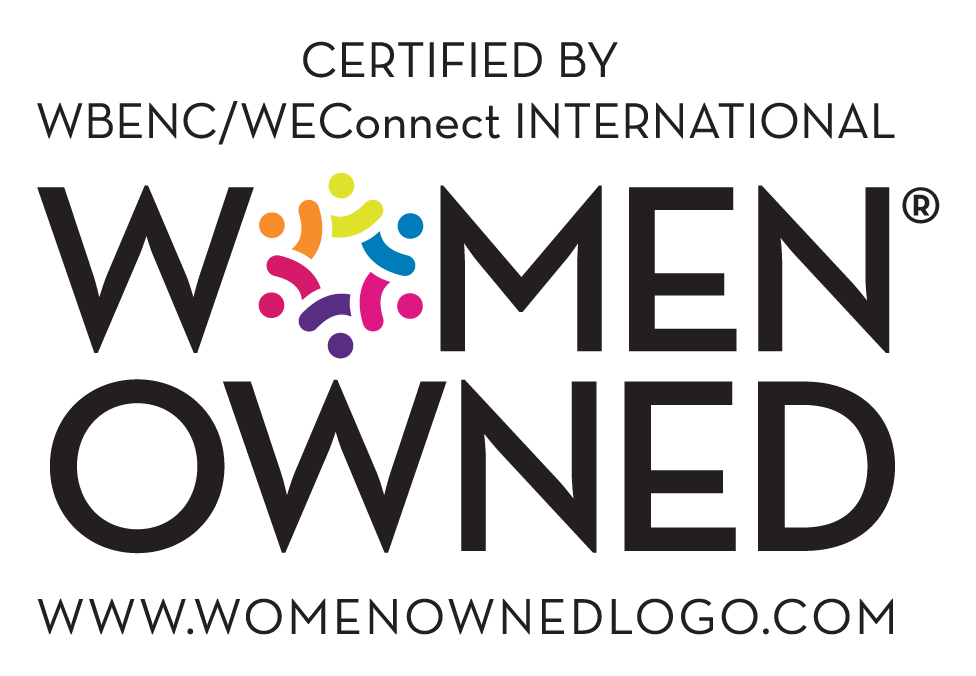When I first started facilitating, I wanted to be perfect—to get everything right. What I learned quickly is that “perfect” does not exist. Each group of people and every conversation I facilitated was different and had different desirables and different outcomes. Instead of perfection, I now strive for understanding and moving people to action.

Here is a list of tools that I have found helpful in own my facilitation practice, no matter the setting:
Check your personal bias at the door.
Bias is something that every human possesses. Our bias can be explicit (obvious or clear) or implicit (unknown or hidden). As a facilitator, it is imperative to engage in perpetual introspection for explicit and hidden biases, because these biases can show up in a group, thereby impacting the conversation and outcomes. Increasing awareness of your personal bias allows you to work proactively to combat these biases and perform your duties better.
Bias is prejudice in favor of or against one thing, person, or group compared with another, usually in a way considered to be unfair.
Be Prepared
Being prepared is really about focusing on your sphere of control. As a facilitator, do everything in your power to make sure you can show up and do your best job. Do you have your materials? Do you know where you are going? Have you done your research? Reviewed your notes? Checked the data? Reviewed the mission? When we do not plan, we plan to fail. And being prepared also means recognizing all you can do is plan; sometimes you may have to go with the flow.
Which brings us to the next tip…
Facilitate the Meeting not the Agenda
I received this advice from a facilitation coach when I first started working with community groups. This simply means: be nimble. A group may change direction, decide a different topic is more pressing, or even engage in a dialogue about a present conflict—and all these things are ok. You can only prepare so much, but your primary role as a facilitator is to make these conversations easier. You create the right structure, ask the right questions, and push the group toward their named result. Facilitating the meeting means being responsive and attentive to what is occurring in the moment.
Clarify Roles
At the onset of any facilitated conversation, clarify roles. State your role as the facilitator and introduce your co-facilitator, if there is one. Inform the participants that you are there to guide the conversation. Also, clearly state participant roles in the meeting so they understand how to engage. This clarification breaks ice and informs the group of what to expect, especially if it is a participant’s first facilitated meeting.
Use a Variety of Activities
Meeting participants have different ways of taking in information, distinct personalities, and different methods of communication. Incorporating a variety of activities in your facilitation creates an inclusive atmosphere, where every participant can succeed and show up fully. This could mean employing a mixture of individual, small group, and large group discussions. Activities could also include using breakout rooms, integrating toys, or competitive games in the session. Activities are your friend.
Practice Grace
Facilitating can be scary and sometimes nerve wracking. You are in the front of a room (or constantly highlighted on a videoconference) with people looking to you for what to do next, and sometimes for answers. You can be wrong. You will be wrong. Everyone makes mistakes. Some are small, like misspelling a name. Others are big, like when a participant suddenly and inexplicably leaves a meeting. It can be overwhelming, so it is vital that you practice grace with yourself and others. The truth is, some of the ways we mess up as facilitators can be learning opportunities for ourselves and our participants.
Be Confident
Remember: YOU’VE GOT THIS! Trust your skills, trust the group, and trust yourself. A group needs to feel like they are in good hands. This will help them to trust you and respect you. If you don’t think you can support the group to accomplish its result, how do you think the group will respond?
Trust your skills, trust the group, and trust yourself.
Let the Group Do the Work
Unless you want to own all of the action items and move the work forward by yourself, allow the group to do the work. What does this mean? Encourage the group to generate answers to its own questions. Allow the group to create solutions to identified problems. Invite individuals to make action commitments throughout the meeting. If any one person could do all the work and have all the answers, it would already be done. Let the group do its work; you do yours.
Make It Fun
You may not be able to juggle or hand out cotton candy, but you can develop an engaging and thought-provoking setting where people are excited to dig in and work together. Best of all, making it fun for participants will make it fun for you too. It’s a great job!



